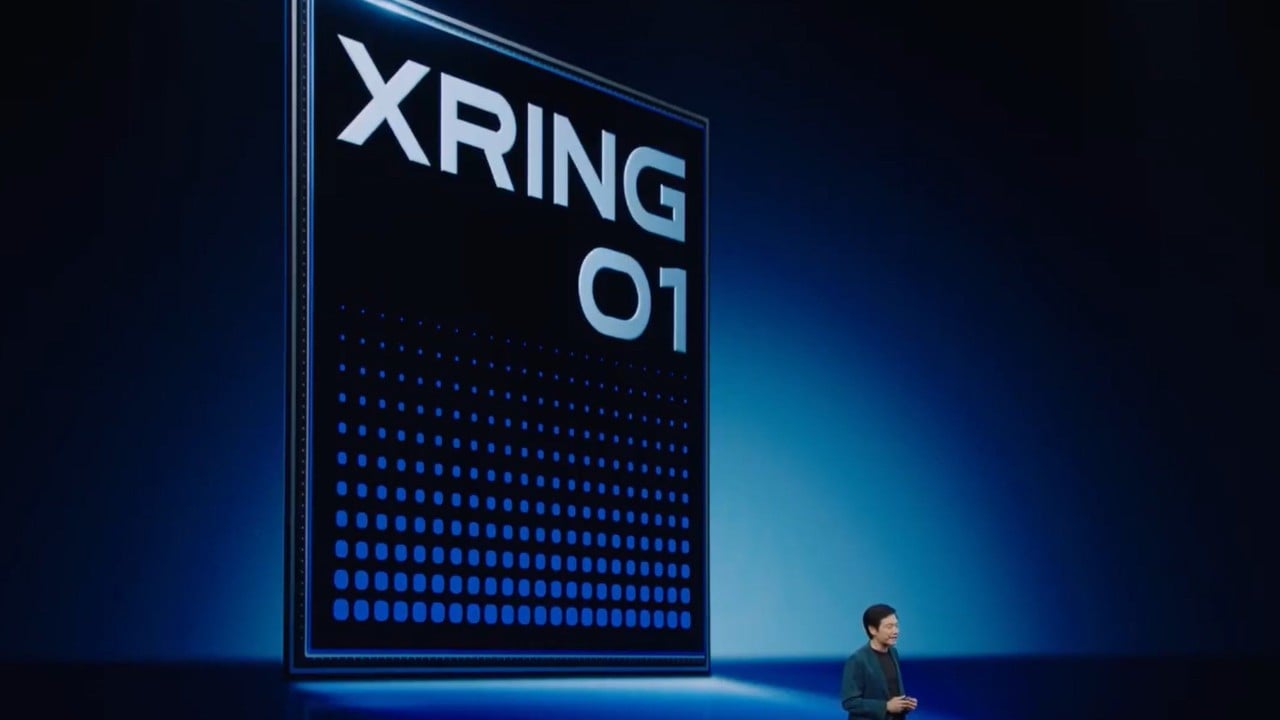
Lei attributed the XRing O1’s performance to its system architecture and production using an advanced 3-nanometre lithography process, which enabled Xiaomi to pack 19 billion transistors on the SoC – a chip density on par with Apple’s A18 series.
The XRing O1 features a so-called 10-core design, in which an IC has 10 individual processing units – or cores – capable of executing instructions.
At Thursday’s event, Lei present data showing the XRing O1 matching Apple’s A18 Pro chip in single-core and multi-core tests, and surpassing the US-designed chip “by a large margin” in other benchmark tests.
The XRing O1’s launch marked the culmination of Xiaomi’s four-year-long journey to develop an advanced SoC that delivers top-tier performance, using Apple’s A-series chips as its benchmark.










